How to Grow an Emergency Garden
If the last few years taught us anything, it’s that you never know what to expect from events near you, or around the world. Now more than ever, it’s the perfect time to grow an emergency garden that you’ll have access to if and when you need it. Whether you’re a gardening enthusiast or someone new to the world of gardening, there are a few simple steps you can take to ensure that you have the perfect emergency garden growing. This is where I buy my garden seeds: SeedsNow
What Is an Emergency Garden?
An emergency garden consists of many fruits and vegetables you can quickly grow and use in an emergency. For example, if there is a product shortage, you wouldn’t have to worry about not finding essential fruits and veggies to prepare meals because you’d have them in your garden. Not everyone plants the same crops in their gardens. It’s going to depend on the specific crops you and your family members like to eat, the season of the year, and the location where you live. You’ll need to make a list of the produce that you’d typically buy from the store, and then consider which options are best for you to plant in your garden.

The Best Reasons to Grow an Emergency Garden
There are a few good reasons to start an emergency garden, even if you don’t know much about planting vegetables and fruits in your open space. These are a few of the advantages of having an easily accessible emergency garden:
- You’ll always have the fruits and vegetables you like most. If you have an emergency garden, you’ll always have access to the fruits and vegetables that you’d like to eat. You can grow specific crops that you know you can put to good use by adding them to some of your favorite recipes.
- You can preserve the fruits and vegetables. After harvesting the fruits and vegetables, you can preserve them by freezing or canning them. It all depends on the food preservation method you prefer.
- It’s easy to grow a garden that puts food on the table for your family. While it does require some work, you can successfully grow all kinds of plants that will provide you and your loved ones with food.
If you’d like to make sure that you always have some food available, even if a food shortage were to occur, it makes the most sense to grow an emergency garden full of the crops you and your family will eat, and include ones that are good for you.
How to Get the Garden Started
If you’d like to get your emergency garden started, there are a few steps you’ll need to take. Make a list of the crops you’d like to grow. While you may not be able to grow everything right away due to the weather in your area, it still helps to have a list of all the crops you want to grow. Once you’ve created the list, you’ll need to take a few additional steps to get the garden started.
I want to encourage you to check the links at the bottom of this post to see what can be planted at different times of the year based on the growing zone you live in. It is critical to match the plants to be grown with the proper time of year so the plants get the jump start they need. The temperature during the germination and growth periods, whether hot or cold, will have an influence on the overall success of any garden.
Pick Your Seeds
Choose the seeds that you’d like to plant. You can find seeds in a lot of places. Not only can you buy them at farmers’ markets and local nurseries in and around your area, but you can also find them at grocery stores or order them online. Always do your research before buying any seeds. You want to make sure you’re getting high-quality seeds that will provide you with great produce. Some of the crops you may want to start growing include potatoes, carrots, beets, lettuce, and melons. This is where I buy my garden seeds: SeedsNow
Get Your Soil Ready
Get the soil ready for the seeds that you’re going to plant. You’ll need to research the type of soil each plant needs before you begin planting your seeds. Some crops thrive best in acidic soil, while others grow faster when planted in neutral soil. It doesn’t mean that you’ll need to buy a bunch of different types of soil. However, it does mean that you’ll need to use a soil amendment for specific crops.
The soil amendment is anything that can change the pH level of the soil, adjusting it until it’s good enough to get the seeds to turn into plants you’ll end up harvesting. You can use different soil amendments, depending on what you’re trying to do with the soil. Some soil amendments include ground coffee beans, lime, sulfur, wood chips, and grass clippings. Some gardeners use wood ash as a soil amendment, too.
You will also want to consider how best to fertilize the garden. We have always suggested you try to provide the nutrients the garden needs without using chemicals, if possible. There are various options you can research and apply what you feel most comfortable with.
That also applies to pest control. All gardens are subject to different insects, depending on the time of year, your particular location, and the type of soil conditions in your location. Mark and I have had to deal with grubs from time to time. Again, we’ve worked to achieve pest control without the use of chemicals. Do your research and chose what you think fits best with your situation.
Give Your Crops the Attention They Need
Planting the seeds in the garden is only the beginning. It’s the right way to start your emergency garden, but you’ll need to do more than that to keep your plants thriving. For example, be sure to plant the right crops next to one another. If you’re growing potatoes, plant cabbage, cilantro, and corn next to the potatoes because they’re companion plants. Use companion plants to fill the emergency garden and keep your crops in fantastic condition.
Figure out when and how often you should water the crops you’ve planted in your emergency garden. The watering schedule will vary between different crops because some naturally need more water than others. You can use a sprinkler system to ensure that the crops get the desired amount of water throughout the week, or you can do things manually, although that may take more work. Taking the manual approach is often best when you’ve got different plants in your garden that don’t need the same amount of water as another one does.
Final Word
Once you start growing your emergency garden, you’ll be glad that you have access to both fruits and vegetables that your family can enjoy. Even if an emergency doesn’t occur right away, it’s still good to have these crops right in your backyard. You’ll save money in the long run by planting these fruits and vegetables, maintaining them, and harvesting them. While you might not eat them right away, you can always preserve them and use them in times of need. You don’t know when your emergency garden will come in handy, but you’ll know that you have what you need when you need it. May God Bless this world, Linda.

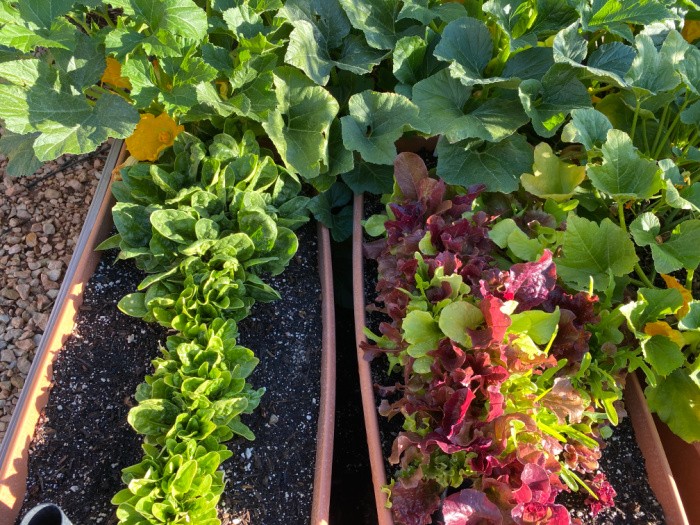

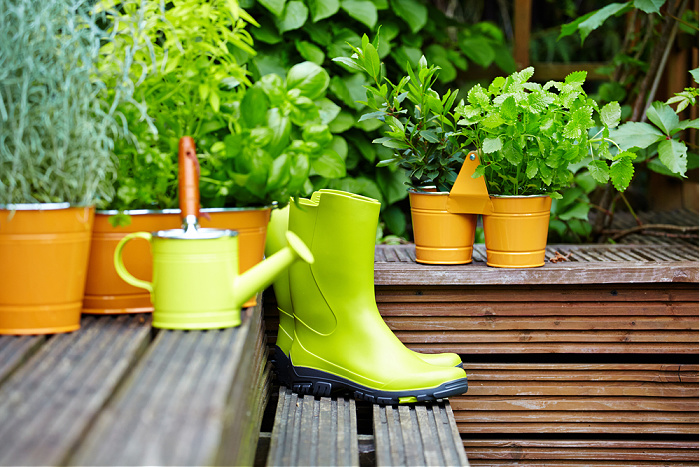
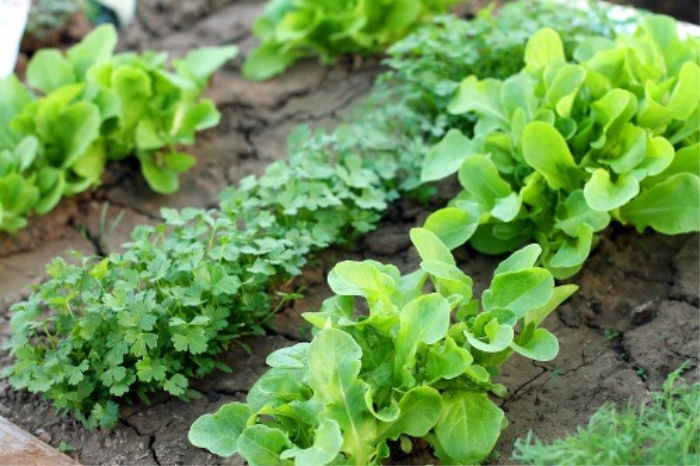
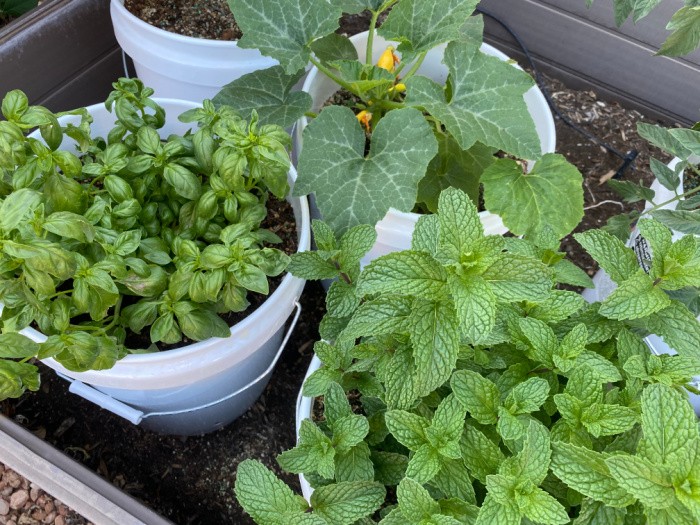
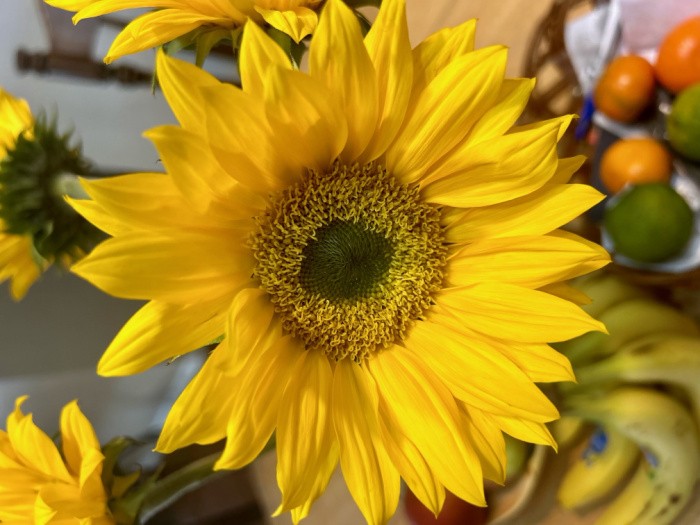
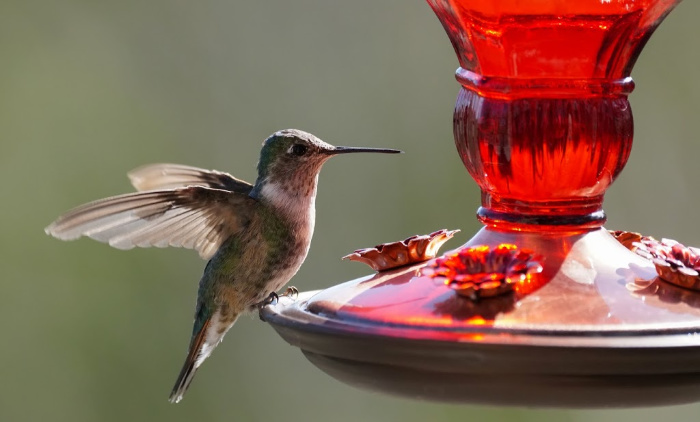
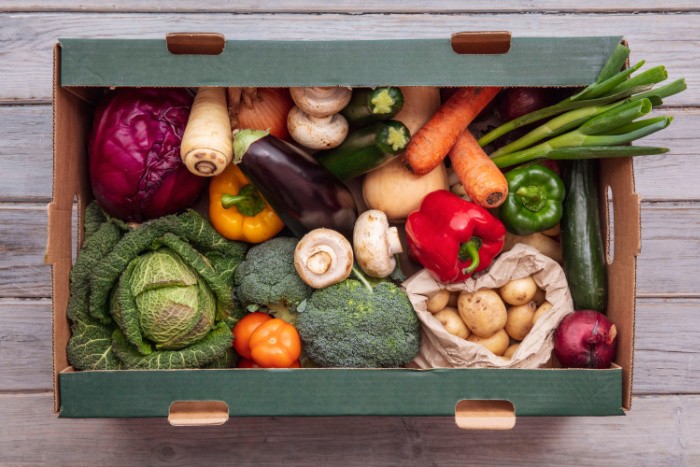






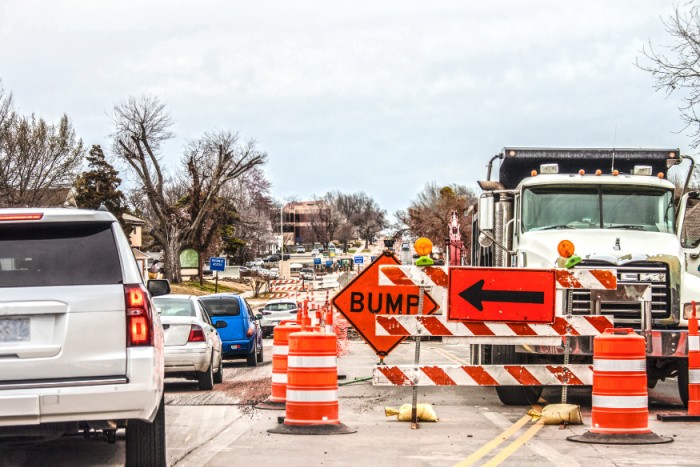
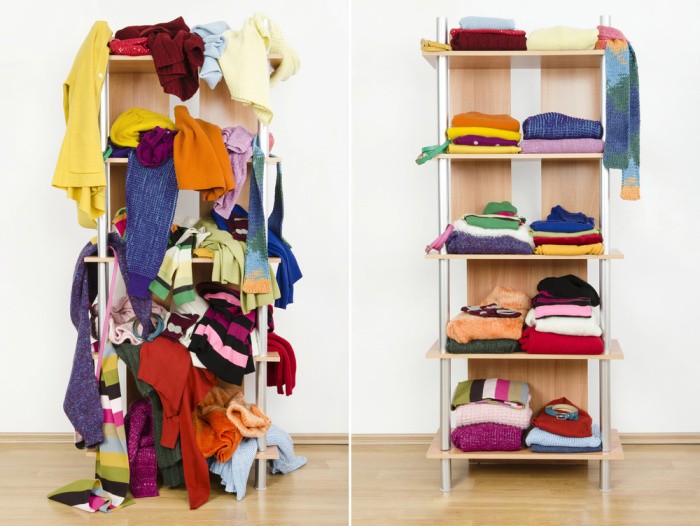
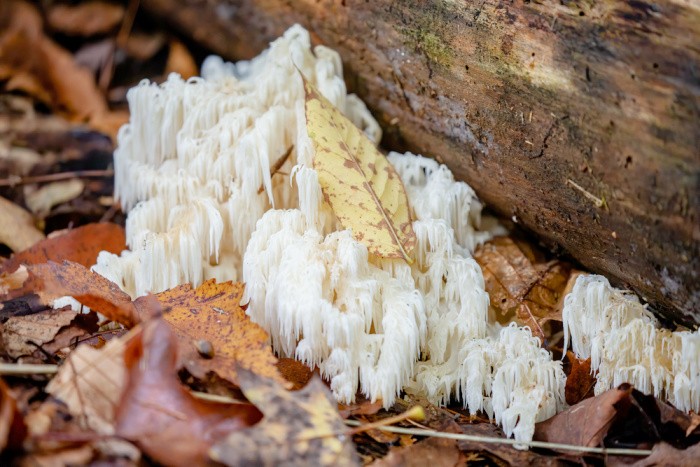
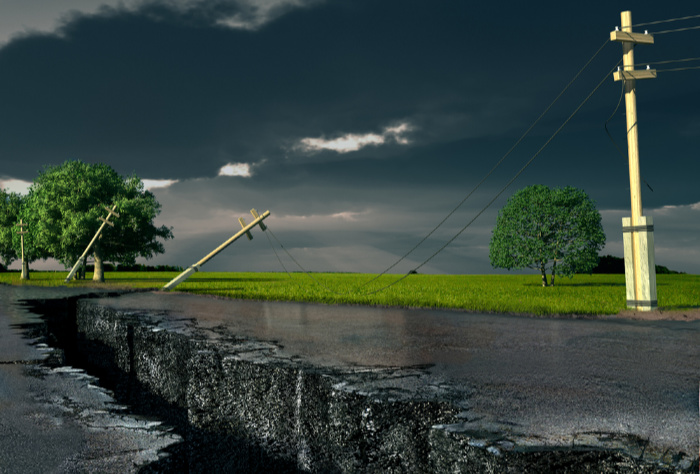




Went out yesterday morning and came back in with fresh eggs, a tomato, 2 servings of green beans, lettuce and a bag of mulberries.
Plan now, practice now and be ready. Live it
Hi Matt, it’s so fun to have a garden, I get excited every day when I go out and gather my produce. I agree, plan, practice, and be ready is so true! Living it is the name of the game! Linda
The picture at the top of your article gave me an idea I had not thought about for doing a small garden for growing some above ground veggies. Before going out and buying “new”, and because it’s too late, I think, to start a garden this year, I’m going to check thrift stores in the fall for the long planter boxes for next year. I’ve got the perfect places to put them and be able to keep the deer out. Although I don’t mind feeding the deer, but I would like to eat some for myself, lol.
Hi Pam, I agree we do want some for ourselves!! LOL! The thrift stores are a great idea! They are great for lettuce, carrots, cilantro, beets, spinach, and even green beans. They are shallow so they are not great for tomatoes. Tomatoes need at least 18 inches. I love them! Linda
Linda, thanks for the suggestions. I’m hoping to grow some broccoli, kale, and spinach. since those are what I eat the most. Then, you mentioned beets and it’s another one I was hoping to grow, plus that one also has greens. I make a juice out of the beets that I drink daily and growing some would sure save me a trip to the grocery store every 5 days just to buy a beet, lol. The first year I moved here I tried to grow a couple of tomatoes, but it was too cold for them to do anything. I brought the plants inside and put them in a south facing window in my bedroom and finally got 3 tomatoes off of two plants. I gave up. That’s when I decided I really need a greenhouse for serious gardening. I’ll try the planters next year and see what, if anything, I get with what I want to grow. Thanks for your suggestions. Pam.
Hi Pam, beets are really easy to grow. I’m not having much success this year trying tomatoes in pots, but it’s better than no tomatoes at all. I have 21 tomato plants planted in all different ways. The ones in my raised gardens are doing well as always. I’m only getting about 12-16 tomatoes on the container ones I have growing. But it’s better than no tomatoes at all. I would love a greenhouse. Linda
Pam,
I have my garden this year in long planters, buckets nd flower pots ( Big ones) so far everything
is doing great. This is the first year I have done my garden fully this way. I have a old picnic table I have the
planters and buckets on and it works great. No bending at all. I had lettuce in one this spring and it worked
fine for lettuce, but I know I need to plant more than one planter of lettuce. Besides checking thrift stores check at
garage sales. Sometime people give them away just so they don’t have them anymore.
You can do this
June, thanks for the feedback. Love knowing someone who is already doing what I’m thinking of doing. Where I live they don’t have many garage sales, but I’ll keep an eye out. Thanks for that hint. Putting the planters on a table is a great idea. I have a couple of tables that I used for craft shows that I could use. Love that idea! Thanks for your suggestions. Pam